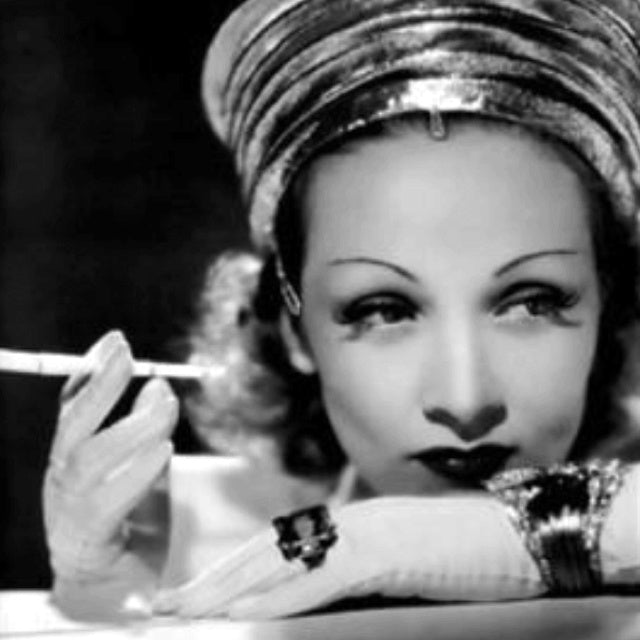A compelling story that intertwines fashion, prohibition, cinema, emancipation and history during an era of transformations and prohibitions.
Cocktail rings become a symbol of elegance and rebellion, representing an era of pomp and prohibition. Fashion and cinema have always had a strong bond and the icons of the past continue to inspire contemporary celebrities too.
The cocktail ring has origins dating back to the 1920s and 1930s, during the Prohibition era in the United States.
During this period, clandestine parties in smoky and hidden clubs were very popular and wealthy women in the midst of their emancipation wanted jewelry that was equally daring and glamorous.
Cocktail rings were worn at these parties as a statement of style and status.
These rings often featured large precious stones, such as diamonds, sapphires, rubies, emeralds and citrines, to recall the colors of the cocktails and were real attention grabbers.
The shape and design were often eccentric and distinctive and the aim was to attract the attention of the bartenders ready to serve more cocktail in the empty glass raised casually by the lady's jeweled hand.
In the years since, the cocktail ring has remained a fashion icon, adapting to changing tastes and styles.
Today it continues to be a popular fashion item, adding a touch of elegance to any evening outfit.
Marlene Dietrich, Greta Garbo and Mae West are just a few of the many Hollywood icons who helped popularize the cocktail ring during Hollywood's golden years.
Their sophisticated images helped define the style of that era and inspired many women to adopt cocktail rings as an essential fashion accessory for special occasions.
Mae West's passion for luxurious jewelry and a bold attitude was reflected in her eccentric looks, while Greta Garbo embodied refined elegance and mystery, often completing her outfits with a glittering cocktail ring.
Joan Crawford is another Hollywood icon known for her elegant and distinctive style.
His love for cocktail rings, such as the one with the enormous citrine quartz, contributed to making this type of jewel even more famous.
Their rich and fascinating history, rooted in an era of pageantry and elegance, continues to capture people's imagination, confirming their status as timeless jewels even for divas in the 1950s and 1960s such as Elizabeth Taylor, Marilyn Monroe, Audrie Hepburn and many more.
Subsequent generations will wear them to add a touch of particular class to their looks like Madonna, Gwen Stefani, Blake Lively and Tilda Swinton, who were also fascinated by the particular history that began over a century ago.
Cocktail rings were not only a bold fashion accessory, but they also had symbolic meaning during the Prohibition era.
Their name and the bright colors of the stones recalled the favorite alcoholic drinks of women of that period. These rings became an integral part of the social experience of clandestine parties, where women, with elegance and style, ordered their cocktails from the barman by making the cocktail ring shine, thus creating an atmosphere of mystery and charm.
The combination of fashion and cocktail ring culture reflected the desire for rebellion and individual expression of that fascinating era.

